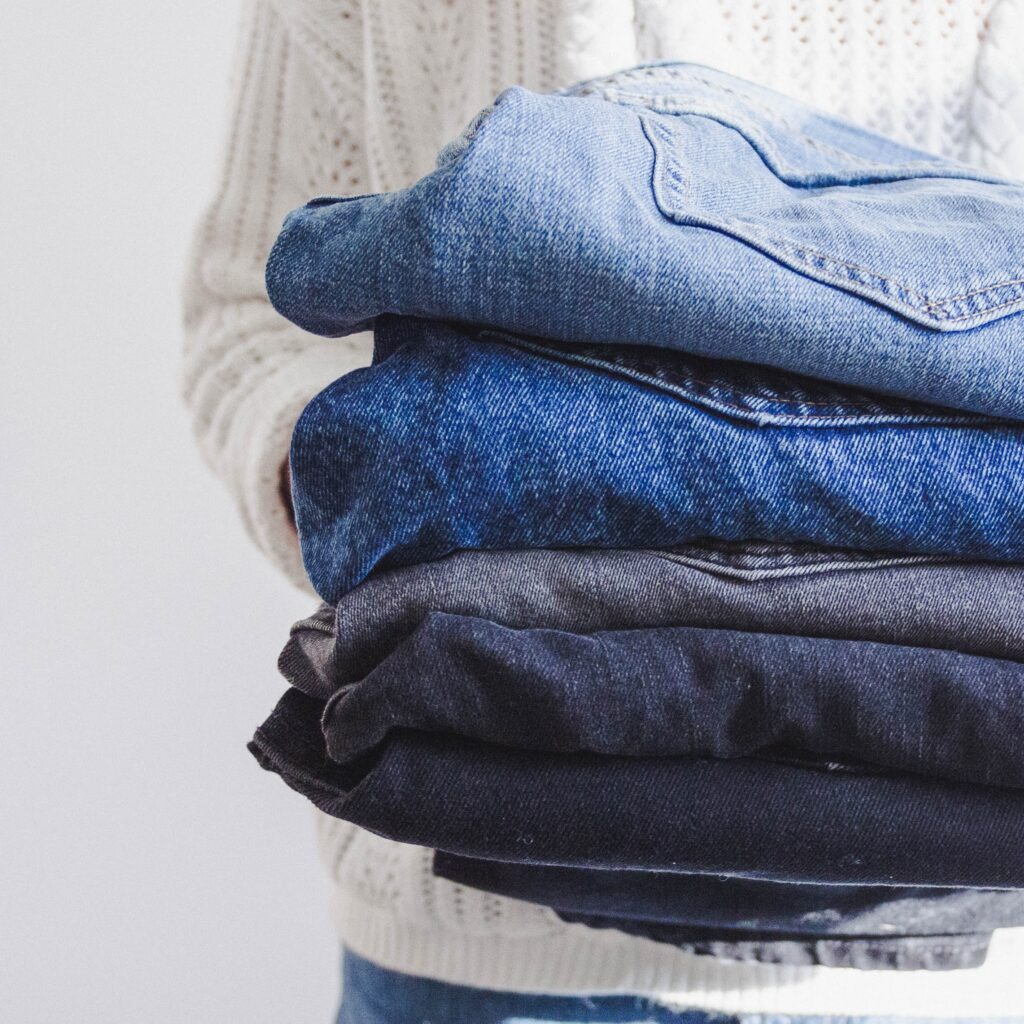Sustainable fashion has become a popular topic in recent years as consumers become more aware of the fashion industry’s environmental impact.
Fast fashion, in particular, has come under scrutiny for its unsustainable production practices, including cheap labour, synthetic materials, and excessive waste. However, making more conscious choices regarding fashion can make a difference and contribute to a more sustainable future.
Choose quality over quantity.
Regarding sustainable fashion, quality over quantity is one of the most important things to consider. Instead of buying cheap, disposable clothing, invest in high-quality pieces that will last years. Not only will this save you money in the long run, but it also reduces the amount of clothing that ends up in landfills.

Shop second-hand
Another great way to contribute to sustainable fashion is by shopping second-hand. Thrift stores, consignment shops, and online marketplaces like Depop and Poshmark offer a wide range of clothing options at a lower cost while reducing the amount of clothing waste in landfills.

Choose sustainable materials
When shopping for new clothing, look for pieces made from sustainable materials like organic cotton, hemp, bamboo, and recycled polyester. These materials are more environmentally friendly and often require less water and energy to produce than traditional fabrics.

Support sustainable brands
Many sustainable fashion brands now prioritize ethical and eco-friendly production practices. By supporting these brands, you can contribute to a more sustainable fashion industry and encourage other brands to follow suit.

Consider the impact of your clothing care.
Even after purchasing sustainable clothing, it’s essential to consider the impact of how you care for it. Washing clothes in cold water and air-drying them instead of a dryer can reduce energy usage and extend the lifespan of your clothes.

Participate in clothing swaps.
Clothing swaps are a fun and sustainable way to refresh your wardrobe without buying new clothes. Organize a clothing swap with friends or attend one in your community to exchange clothes you no longer wear for new-to-you items.

Choose versatile pieces
When building a sustainable wardrobe, choosing versatile pieces that can be worn in different ways and for other occasions is essential. This reduces the need for multiple pieces of clothing and allows you to get more use out of each item.

Consider the entire lifecycle of your clothing.
When disposing of clothing, consider the entire lifecycle of the item. Donate clothing still in good condition, recycle clothing made from materials like cotton or denim, and properly dispose of clothing that cannot be recycled.

In conclusion, sustainable fashion is an important issue requiring attention and action. By making conscious choices regarding fashion, we can all make a difference and contribute to a more sustainable future.
By choosing quality over quantity, shopping second-hand, choosing sustainable materials, supporting sustainable brands, considering the impact of our clothing care, participating in clothing swaps, choosing versatile pieces, and considering the entire lifecycle of our clothing, we can all make a positive impact on the fashion industry and the environment.

